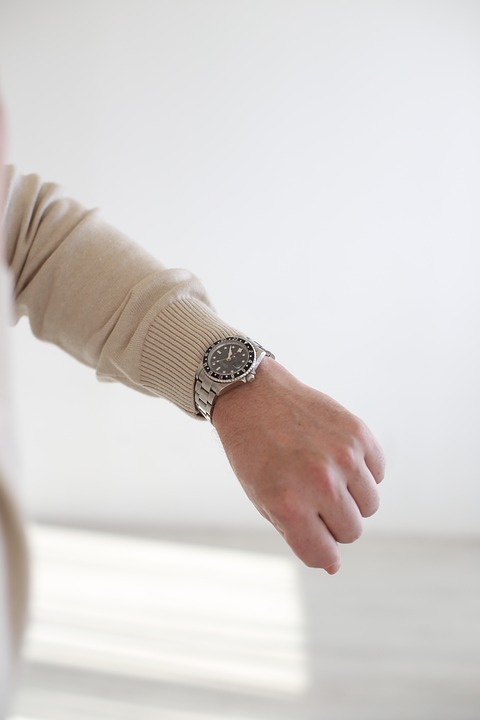Moissanite Diamonds: A Guide to Spotting Replicas
Moissanite diamonds have gained popularity in recent years as a more affordable alternative to traditional diamonds. With their brilliant sparkle and durability, they closely resemble the look of natural diamonds. However, as with any valuable gemstone, there are replicas and imitations on the market. In this article, we will guide you on how to spot replicas of moissanite diamonds instantly.
Understanding Moissanite Diamonds
Before we delve into spotting replicas, let’s first understand what moissanite diamonds are. Moissanite is a lab-grown gemstone that was first discovered in a meteorite crater by French scientist Henri Moissan in 1893. It is composed of silicon carbide and has remarkable brilliance and fire, making it an attractive choice for jewelry.
Moissanite diamonds are known for their exceptional hardness, ranking at 9.25 on the Mohs scale. This makes them highly durable and resistant to scratches, making them suitable for everyday wear. They are also colorless, although they can sometimes exhibit a slight yellow or gray tint.
How to Spot Replicas Instantly
1. Price
One of the easiest ways to spot a replica moissanite diamond is by looking at the price. Genuine moissanite diamonds are significantly less expensive than natural diamonds of the same size and quality. If a “moissanite diamond” is being sold at a price that seems too good to be true, it’s likely a replica.
2. Brilliance and Fire
Moissanite diamonds are renowned for their exceptional brilliance and fire. They have a higher refractive index compared to natural diamonds, which means they reflect more light and sparkle more intensely. When inspecting a moissanite diamond, look for a dazzling display of rainbow-colored flashes. If the stone lacks this intense sparkle, it might be a replica.
3. Double Refraction
Another characteristic that sets moissanite diamonds apart is their double refraction. When you look through a genuine moissanite diamond, you may notice a doubling effect on the facets. This is caused by the stone’s unique optical properties. Hold the stone up to a light source and examine it closely to see if there is any doubling. If not, it is likely a replica.
4. Color
While moissanite diamonds are generally colorless, they can sometimes exhibit a slight yellow or gray tint. However, replicas may have a more pronounced color, appearing overly yellow or gray. If the stone appears too colorful or lacks the pure white brilliance of a natural diamond, it is likely a replica.
5. Clarity
Moissanite diamonds are known for their exceptional clarity, with very few inclusions visible to the naked eye. However, replicas may have visible flaws or inclusions that are not typically found in genuine moissanite diamonds. Examine the stone closely to see if there are any noticeable blemishes or imperfections.
Conclusion
Spotting replicas of moissanite diamonds can be done by considering various factors such as price, brilliance, double refraction, color, and clarity. By paying attention to these characteristics, you can confidently distinguish between genuine moissanite diamonds and replicas. Remember, if a deal seems too good to be true, it probably is. Always purchase from reputable jewelers and ensure that you are getting the quality you desire.
Moissanite Diamonds: How to Spot Replicas Instantly

